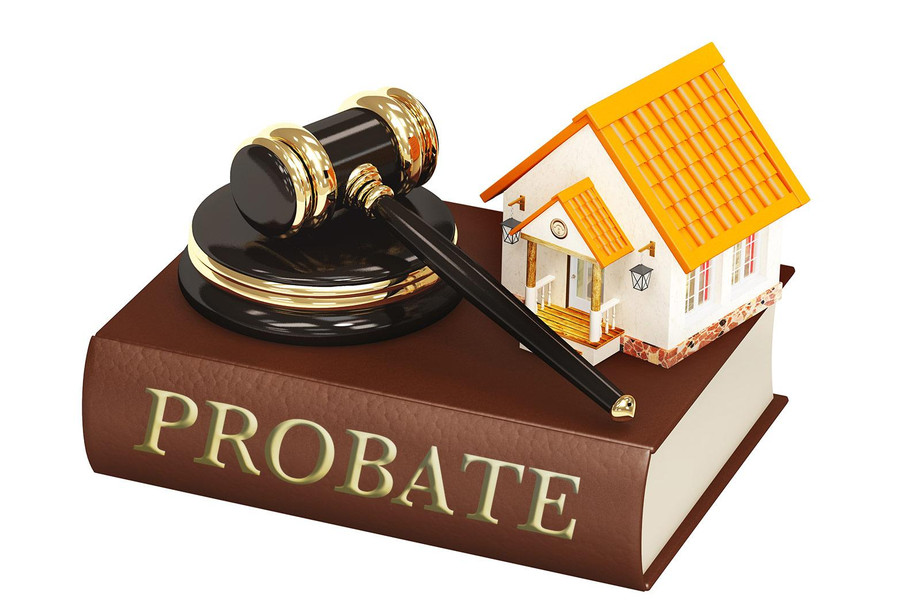Probate Certificate:-
The Indian Succession Act of 1925 is the official evidence of a will. Probate is a legal process that takes place after a person dies. When a person dies, someone must take care of his or her estate, that is, distribute his or her property according to his or her will. This means that the money, assets, and possessions must be arranged and distributed as an inheritance after all taxes and debts have been paid. Probate proceedings mostly consist of paperwork. If the deceased person left a WILL, it names a person they have designated to administer their estate. Probate is the legal process of administering a deceased person's estate and settling all claims and distributing the deceased person's assets under a will.
It includes-
- Identification of the property of the deceased person.
- Taking inventory of the property of the deceased person.
- Providing proof in court that the will of a deceased person is valid.
- How to distribute the remaining assets according to the will.
- Organizing the money, jewelry, and assets and distributing them as an inheritance after all taxes and debts have been paid.
Documents required for Probate:-
- Original WILL of the deceased.
- Death certificate.
- Title deeds for the properties mentioned in the will.
- Fee
- Documents relating to the movable property mentioned in the will.
Succession Certificate:-
When a person dies without making a WILL or any other testamentary document, then that case Certificate of Succession comes into play to deal with the movable estate like FDRs, Bank Accounts, Demat Accounts, PPF, etc. of the deceased. A certificate of inheritance can be issued by the court to settle the debts of the deceased.
If a person approaches financial institutions such as banks and companies to take possession of the deceased's debts and securities, he/she must prove that he/she is the legal heir of the deceased. The Hindu Succession Act 1956 is the applicable law of Succession, and the procedure is applied as described in the Indian Succession Act 1925
it contains:-
- The particulars of the property of the deceased.
- The full address of the deceased at the time of death.
- The family or other close relatives of the deceased person with their respective residences.
- Debts and securities for which the certificate is requested.
- the rights of the applicant.

